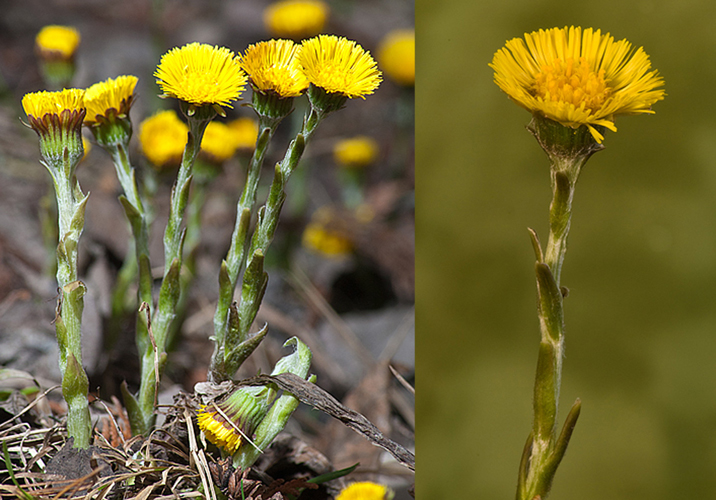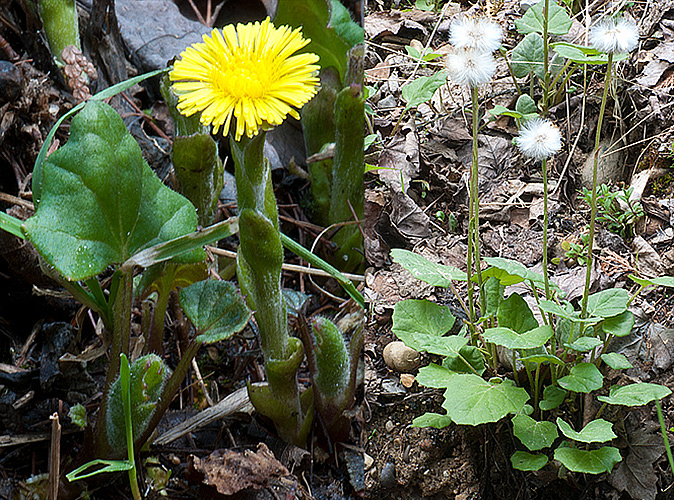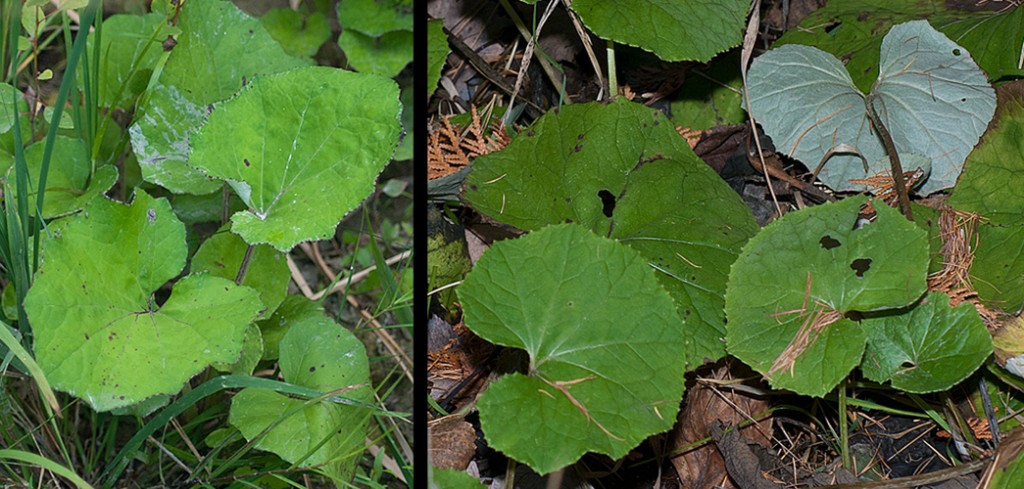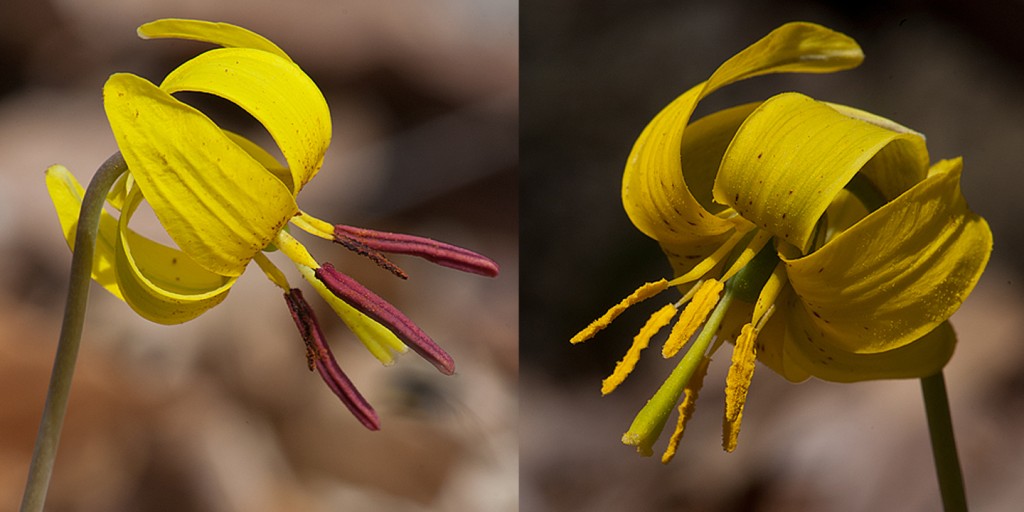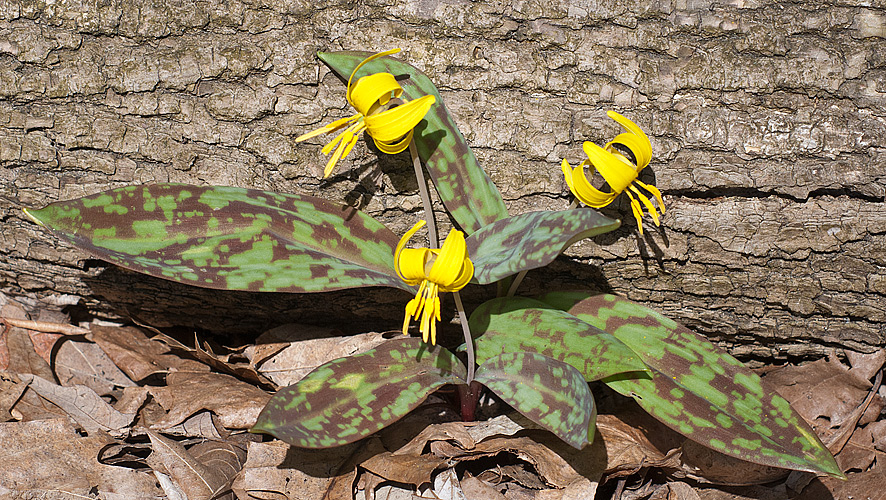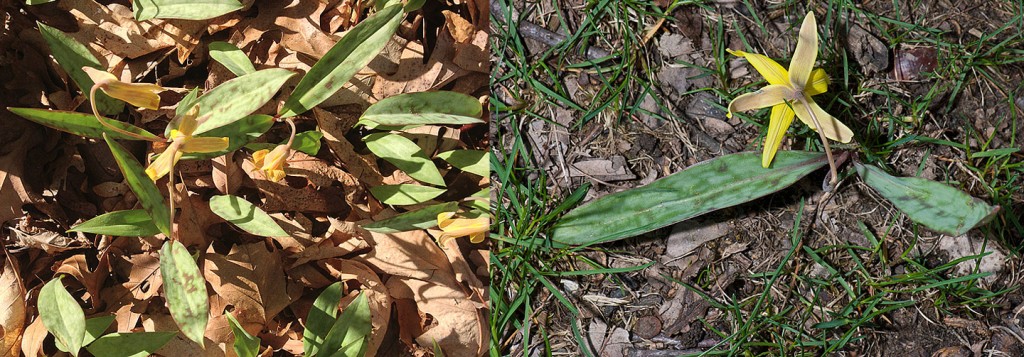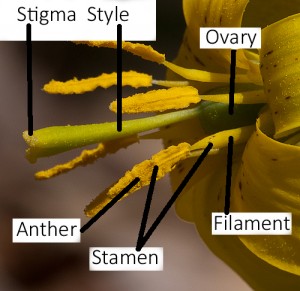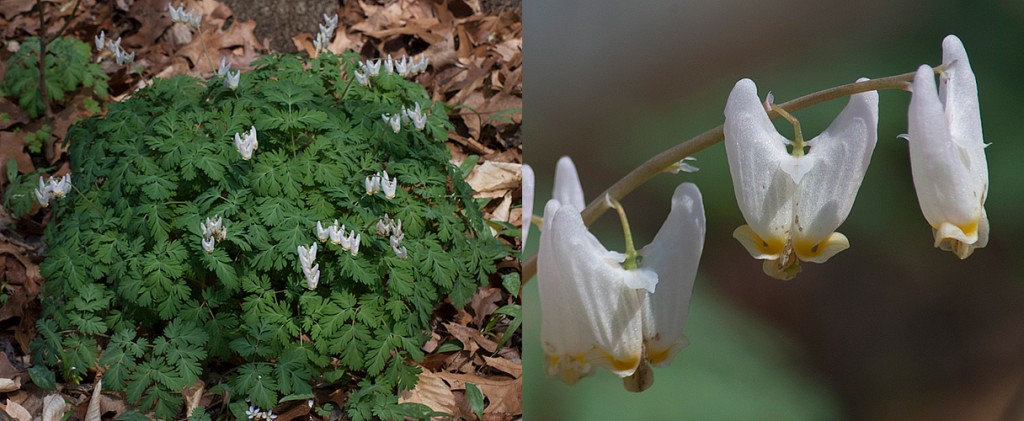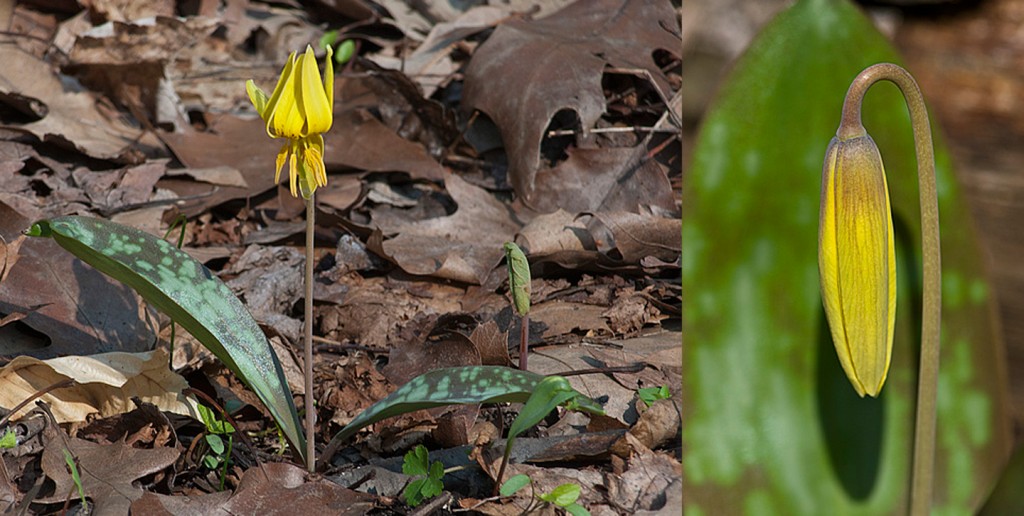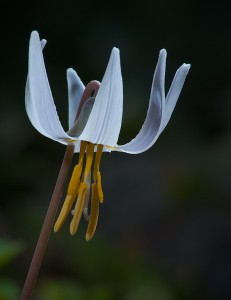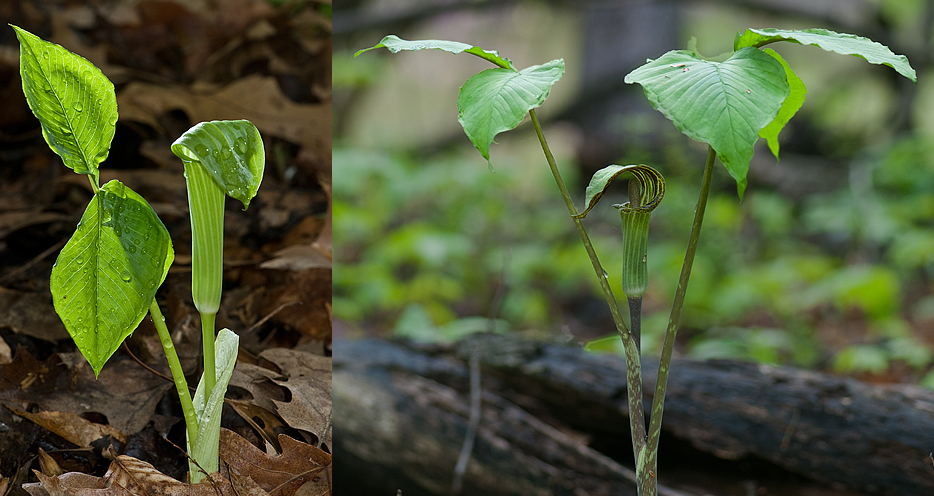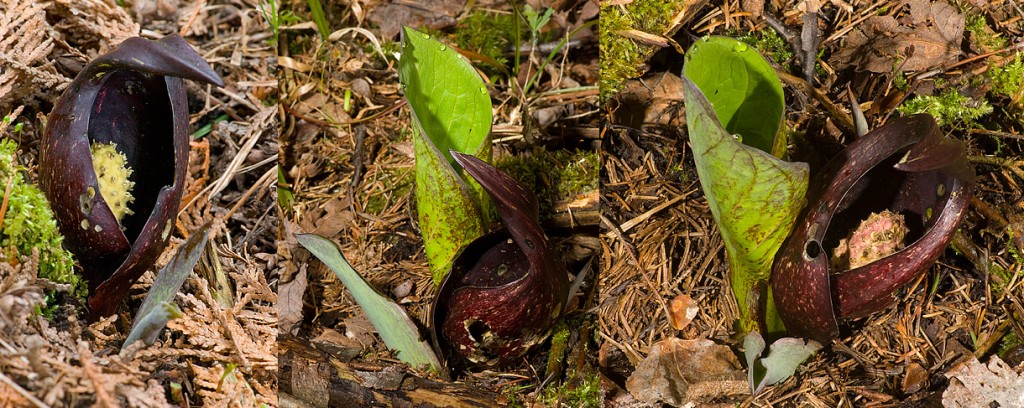Coltsfoot (Tussilago farfara) is a Eurasian species first collected in Michigan in 1840 (See Michigan Flora Online). I saw it for the first time on, March 15th 1978, in Bald Mountain Recreation Area and then along a road in Jackson County about a week later. I wondered if the plant was invading our natural areas, but almost three decades passed before I saw the plant again. I found a small colony in Crawford County in 2006 and that same year I saw 75 plants in Oakland County at Cummingston Park, in Royal Oak, Michigan. The Cummingston Park patch was wiped out when the pond was enlarged.
In 2009, the Crawford County station was in flower on May 2nd. Two weeks earlier it was still covered by winter snow. By May 16th the leaves were developing and it was in seed by May 30th. In 2006, the Crawford County station was about 1 meter (3 feet) square. It has since increased to 1 x 2 meter (3×6 feet).
The species might be overlooked especially in northern Michigan because it flowers early. It is currently (May 8th) flowering at the Crawford County (near Grayling) site. However, it can be readily identified by the leaves throughout the summer. The leaves have long petioles (leaf stems), are heart-shaped and a distinctive grayish color underneath. Any species that spreads via both rhizomes and seeds should be watched. Coltsfoot has only been collected in eight counties in Michigan but has spread rapidly east of us. Normally it does not compete with native species, preferring to grow where the soil has been disturbed, but it is now moving into native sites in Pennsylvania. This species should be reported whenever it is found (U.S. Forest Service Plant Database).
Coltsfoot initially was imported into this country for its supposed medicinal properties. The leaves were used to treat coughs and bronchial congestion, but possess a liver toxin. There is no current medical use.
Copyright 2013 by Donald Drife
Webpage Michigan Nature Guy
Follow MichiganNatureGuy on Facebook

